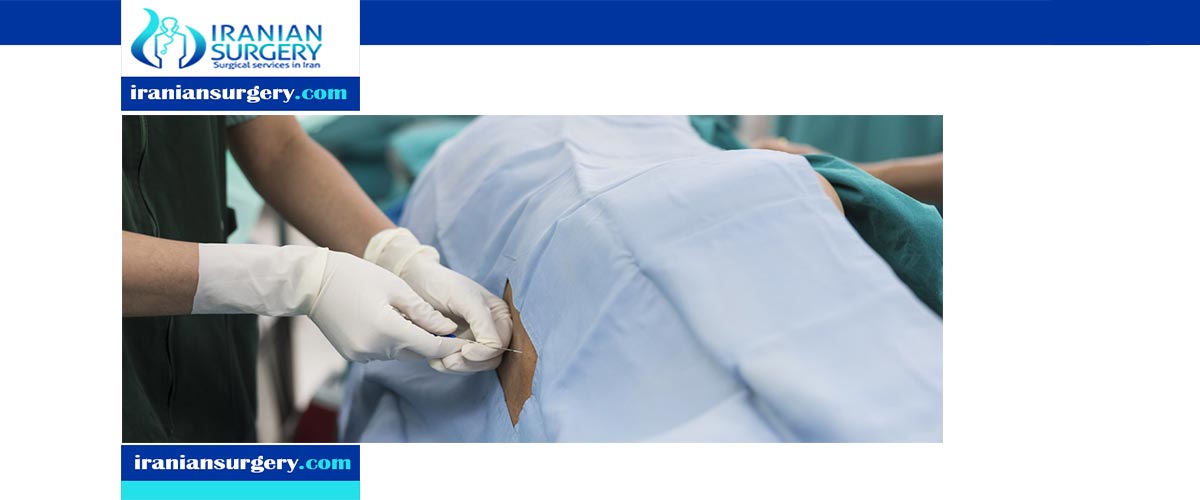How long does it take to recover from herniated disc surgery?
Should I have surgery for herniated disc?
How successful is back surgery for a herniated disc?
Disc herniation surgery success rate
The success rate for microdiscectomy spine surgery is generally high, with one extensive medical study showing good or excellent results overall for 84% of people who have the procedure.
The medical literature also points to some benefits for surgery, when compared with nonsurgical treatment, though the difference lessens over time in certain cases. One large study found that people who had surgery for a lumbar herniated disc had greater improvement in symptoms fo up to two years than those who did not have surgery.
Each of the operations for lumbar disc herniation (microdiscectomy, endoscopic microdiscectomy and laminectomy/laminotomy with discectomy) had approximately 79% good-to-excellent results. There was no difference in the long-term follow-up in any of the operative groups, including the use of a lumbar disc prosthesis (‘artificial disc').
Read more about: Herniated disc surgery success rate
Read more about: Disc herniation
How long does it take to recover from herniated disc surgery?
Recovery times vary from person to person. It depends in part on the extent of the problem and the type of treatment you're using. For most people, medication or physical therapy will improve their symptoms within about 3 months.
The First Week after Herniated Disc Surgery
While at home, you will need to be cautious about your movements. Be sure to maintain proper posture when sitting and standing, and avoid heavy lifting or frequent forward bending. You must protect your back so that it can heal properly.
You will be encouraged to slowly increase your activity level during the first week of recovery after surgery for a herniated disc. Walking is a great exercise after surgery as it helps to improve aerobic endurance and promote circulation in your body.
During the week following surgery, you will be expected to slowly increase your activity level while providing moderate protection for your back by avoiding bending, lifting and slouched sitting. You should continue to remain out of work during the first week of your herniated disc surgery recovery time.
Slowly increase your activity level and watch your incision for redness, swelling or discharge which may be signs of infection. By the end of the first week, you should visit your doctor who will check your incision and monitor your symptoms.
Three Weeks After Surgery
During the three week period in the herniated disc surgery recovery time, you should consider returning to work if your job is sedentary. If you work in an office, you should be aware of proper posture and work to maintain a neutral position for your spine while sitting or standing.
If your job requires heavy work, your doctor may recommend remaining out of work for a few more weeks.
Continue increasing your walking and activity tolerance with a goal of returning to everyday light activity by the end of three weeks. You may begin a light course of physical therapy if you need to, but some patients who undergo minimally invasive spine surgery enjoy a rapid recovery with no need for formal post-operative rehabilitation.
You should feel close to fully recovered after surgery by the fourth week. At that time you can slowly get back to your normal day-to-day activity with a full return to high intensity activity by the sixth to eighth week.
If you are facing surgery for a herniated disc, you should find a trusted neurosurgeon who can help guide you through the recovery process. Understanding what to expect after surgery can help you focus on your complete recovery and help you quickly and safely return to your previous level of function and activity.
Read more about: Disc Herniation Surgery Risks
Read more about: Disc Herniation Surgery Recovery
Should I have surgery for herniated disc?
The majority of herniated discs do not require surgery. With time, the symptoms of sciatica/radiculopathy improve in approximately 9 out of 10 people. The time to improve varies, ranging from a few days to a few weeks. A herniated disc in the lower back is a common cause of back and leg pain. For most people, symptoms get better over time, with or without treatment.
Many people are able to manage their symptoms with things like changes in the way they do their activities, medicines to manage pain, exercise, physical therapy, or steroid injections. If one of these things doesn't work, you can try something else or combine some of them.
Surgery may relieve your pain faster than nonsurgical treatments. For symptoms that have lasted at least 6 weeks and that make it hard to do your normal activities, surgery is an option when other treatments haven't helped.
Over the long term, surgery and nonsurgical treatments work about the same to reduce pain and other symptoms.
Back surgery has some risks, including infection, nerve damage, and the chance that the surgery won't relieve your symptoms. And even if you get better with surgery, there is a chance that you may get new symptoms in the future.
If you don't choose surgery now, you can change your mind later if your symptoms haven't gotten better or have gotten worse even with other treatments.
Read more about: spinal disc herniation
Read more about: spinal disc herniation symptoms
How successful is back surgery for a herniated disc?
Herniated disk surgery is often very effective, and it works faster than other treatments. You should start to see an improvement in symptoms like pain, weakness, and numbness within a few weeks after surgery.
Read more about: Laminectomy And Discectomy
Read more about: How to treat a herniated disc without surgery?
10 common questions about Disc Herniation Surgery Success Rate
[kkstarratings]


